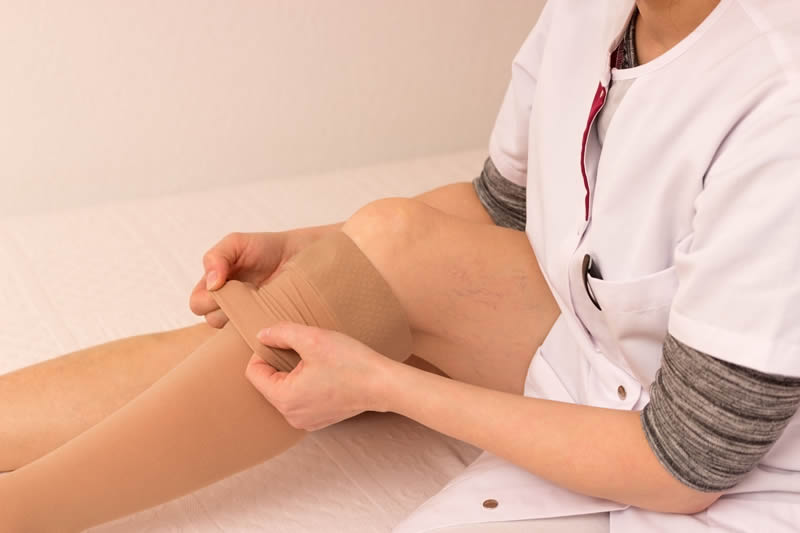Superficial Venous Thrombosis
Clot forming in the superficial veins of the skin or fatty tissues of the extremities is called superficial venous thrombosis (SVT). Symptoms often involve a tender lump under the skin at the location of a vein with a red discoloration of the skin overlying the thrombus. Superficial thrombus rarely is dangerous since it usually forms in peripheral veins. Although rare, it is possible for extension of the thrombus into the deep veins of the extremity (DVT) which is a much more serious condition. For this reason, venous color duplex ultrasound examinations frequently are employed to evaluate the extent of the thrombus.
The most common cause of SVT is varicose veins which are enlarged and result in slow blood flow through the varicose veins. Slowly moving blood is prone to clot within the varicose veins.
SVT in the lower extremities is treated with elastic compression hose and local comfort measures such as warm compresses. The pain associated with SVT usually improves considerably over a few days through local swelling and tenderness may last many months. Anti-inflammatory drugs such as aspirin, ibuprofen, or naproxen help with the symptoms of pain and tenderness and reduce the inflammatory process surrounding the vein.


